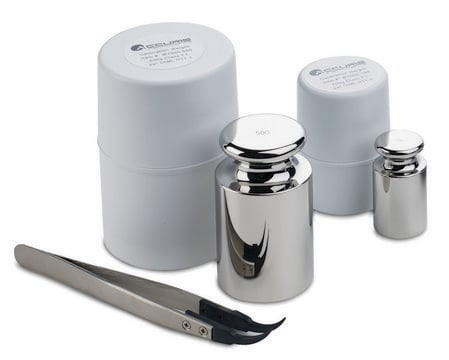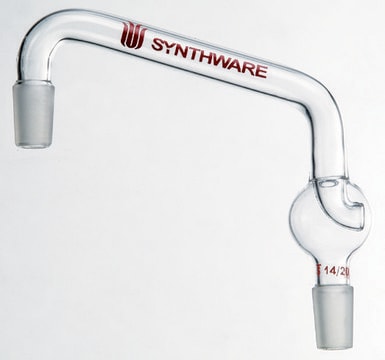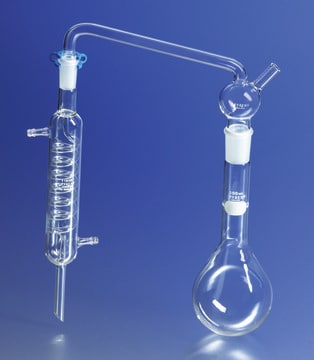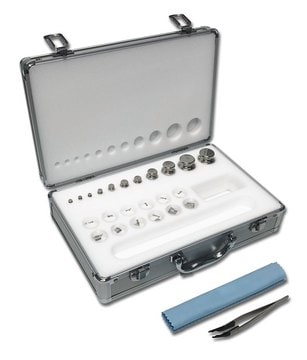B1042
Alcohol bencílico
ACS reagent, ≥99%
Sinónimos:
Bencenometanol
About This Item
Productos recomendados
grade
ACS reagent
vapor density
3.7 (vs air)
vapor pressure
13.3 mmHg ( 100 °C)
3.75 mmHg ( 77 °C)
assay
≥99%
autoignition temp.
817 °F
impurities
≤0.01% Benzaldehyde (C6H5CHO)
≤0.02% Acetophenone (C6H5COCH3)
ign. residue
≤0.005%
color
APHA: ≤20
refractive index
n20/D 1.539 (lit.)
bp
203-205 °C (lit.)
mp
−16-−13 °C (lit.)
density
1.045 g/mL at 25 °C (lit.)
SMILES string
OCc1ccccc1
InChI
1S/C7H8O/c8-6-7-4-2-1-3-5-7/h1-5,8H,6H2
InChI key
WVDDGKGOMKODPV-UHFFFAOYSA-N
¿Está buscando productos similares? Visita Guía de comparación de productos
signalword
Warning
hcodes
Hazard Classifications
Acute Tox. 4 Inhalation - Acute Tox. 4 Oral - Eye Irrit. 2
Storage Class
10 - Combustible liquids
wgk_germany
WGK 1
flash_point_f
213.8 °F - DIN 51758
flash_point_c
101 °C - DIN 51758
ppe
Eyeshields, Faceshields, Gloves, type ABEK (EN14387) respirator filter
Certificados de análisis (COA)
Busque Certificados de análisis (COA) introduciendo el número de lote del producto. Los números de lote se encuentran en la etiqueta del producto después de las palabras «Lot» o «Batch»
¿Ya tiene este producto?
Encuentre la documentación para los productos que ha comprado recientemente en la Biblioteca de documentos.
Los clientes también vieron
Nuestro equipo de científicos tiene experiencia en todas las áreas de investigación: Ciencias de la vida, Ciencia de los materiales, Síntesis química, Cromatografía, Analítica y muchas otras.
Póngase en contacto con el Servicio técnico











